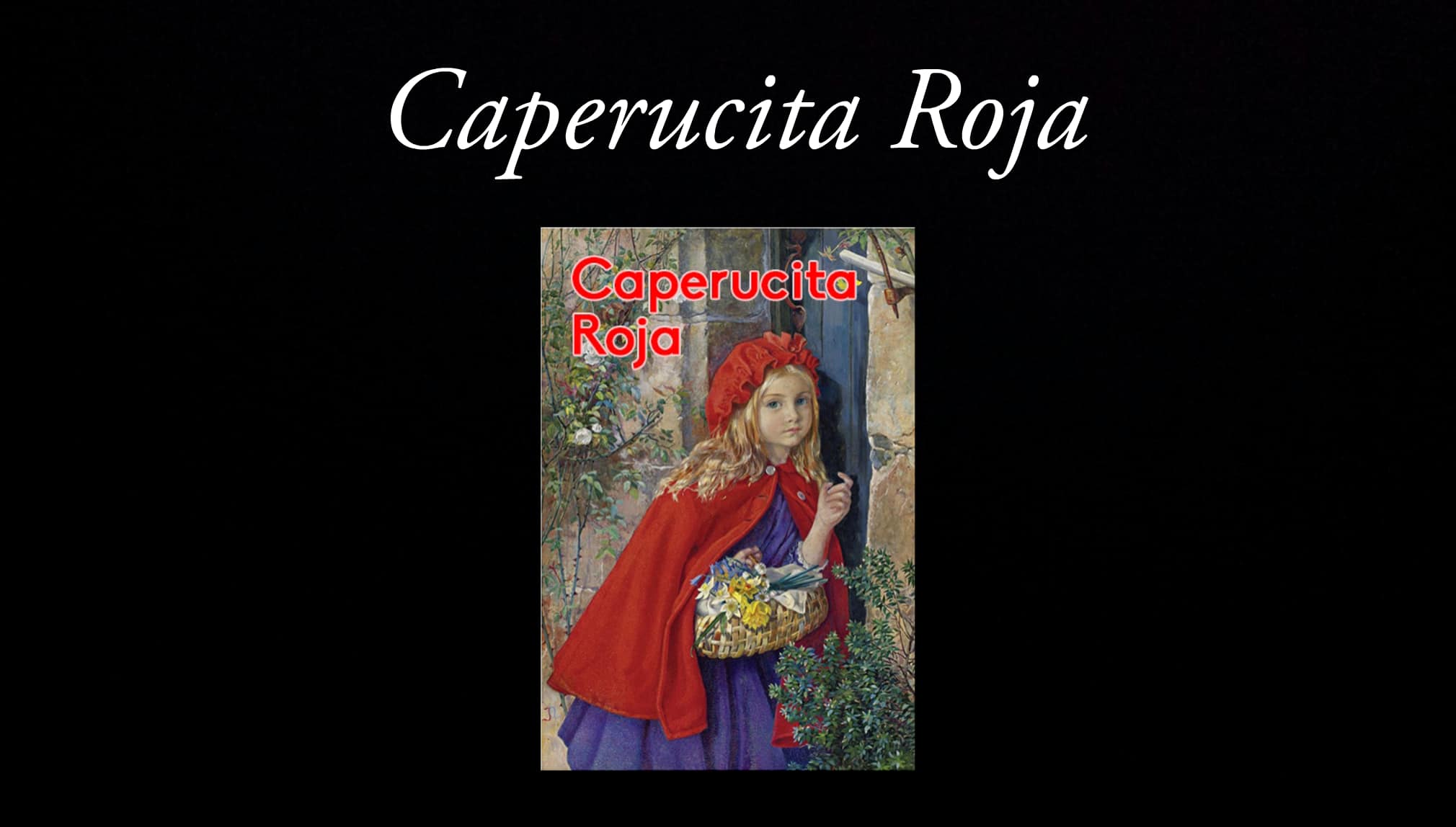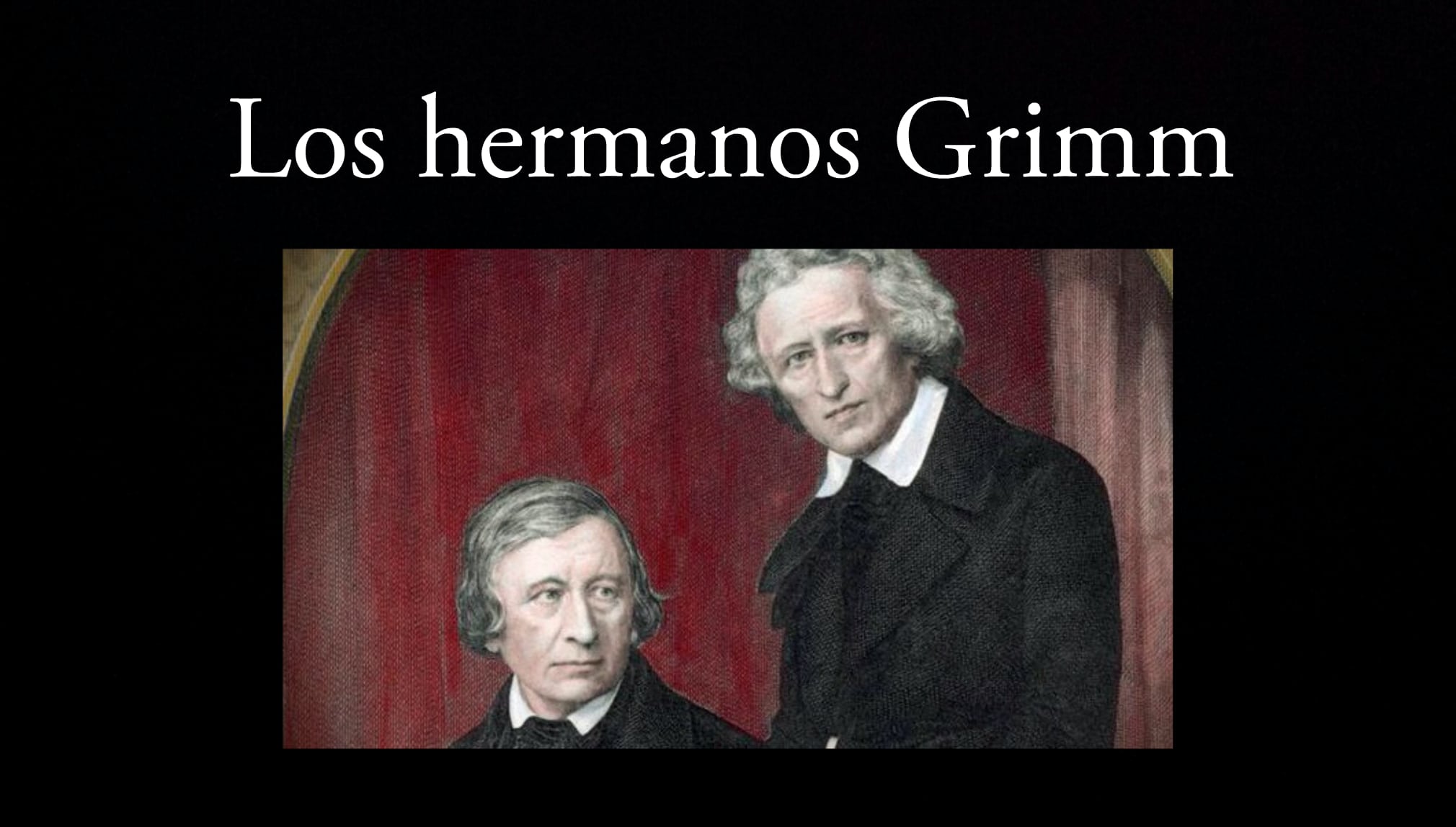
Little Red Riding Hood.
The origin of the best known version of Little Red Riding Hood dates back to a compilation of oral accounts from the XNUMXth and XNUMXth centuries. The earliest recorded volume dates from 1697, and is characterized by rather crude parts of the narrative. Later, the Grimm brothers took it upon themselves to iron out those cruel details, as well as the erotic segments included in the early versions of the play.
Likewise, the French aristocrat Charles Perrault added a moral (not considered until then) in order to make the warning clear to girls regarding the dangers of trusting strangers. The Brothers Grimm also referenced the text written by Ludwig Tieck in a second compilation entitled Rotkäppchen, published in his collection of short stories Kinder- und Hausmärchen.
Brothers Grimm Biography
Born into a bourgeois family in Germany, Jacob (1785-1863) and Wilhelm (1786-1859) were the oldest of a total of six siblings. They completed a law degree at the University of Marburg. There they created ties of close friendship with the poet Clemens Brentano and the historian Friedrich Karl von Savigny, friendships that would be key to their compilation works.
Brentano was also a folklorist, probably his influence was key in the criteria of the brothers grimm regarding the superiority of popular narrative over cultured literature. Wilhelm Grimm was mainly dedicated to research work related to medieval culture. On the other hand, Jacob chose the meticulous study of the philology of the German language.
They moved to the University of Göttingen in 1829. Then, from 1840 on, they remained in Berlin as members of the Royal Academy of Sciences.. Apart from their renowned literary collections, the Brothers Grimm published didactic (pedagogical) texts and works on linguistic research. In fact, they became the precursors to the first volume of the German Dictionary and - due to the complexity of the language - it was not completed until the 1960s.
Little Red Riding Hood by Charles Perrault
This seventeenth century version has clear indications of the aristocratic idiosyncrasy of the court of Louis XIV - to which Perrault belonged - in combination with some elements of the French folk tradition. The main message of the text is to intimidate reckless or very naughty children by representing the wolf as a real danger.
However, the Little Red Riding Hood Perrault's was not specifically directed at children, because society had a very different approach to childhood than it is today. The figure of the wolf as a real threat derives from the deaths of shepherds caused by dogs (very common in those times). Likewise, the wolf is an explicit reference to evil men, with perverse desires towards girls.
Brothers Grimm Version Summary
The sick grandmother and the wolf
The protagonist of Little Red Riding Hood got her name from the red hood she always wore. At the beginning of the story she was a very naive and loving girl, particularly attached to her grandmother. One day her grandmother got sick, so Little Red Riding Hood's mother asked her to bring her a basket of food. But on the way a wolf began to follow her and question her. The girl explained that she was going to her grandmother's house to bring her food because she was ill.
The wolf's trick
The wolf suggested that if she brought some flowers, her grandmother would be even more happy to see her. Then, Little Red Riding Hood was happily distracted picking flowers while the wolf made his move. When she reached her destination she got the door open; Worried, she called her grandmother ... no one answered, so Little Red Riding Hood went to the room, where she found the wolf in disguise on the bed.

After the suggestive dialogue (about the ears, eyes, nose and mouth of the wolf) known to all children for generations, the wolf ended up eating the girl. Then the evil animal took a very deep nap.
The miraculous rescue
A hunter passing near the hut heard the wolf's snoring and went to shoot him with his shotgun, but he held back on thinking that the lady of the house might be inside. Indeed, by opening the belly of the sleeping wolf, the hunter was able to rescue Grandma and Little Red Riding Hood. Immediately afterwards, he filled the stomach with stones and the dog died from the weight of them. Finally, in the Grimm brothers' version there is a second attempt by a wolf who once again tried to fool Little Red Riding Hood ... But the girl and her grandmother led the wolf with the smell of food to a death trap, after which , no one else tried to harm them again.
Analysis and themes of Little Red Riding Hood
Changes in the ending and impersonation of erotic aspects
The most obvious changes made by the Brothers Grimm are the addition of a happy ending and the exclusion of the more erotic parts. This in comparison with the previous versions and with the publication of Charles Perrault. Although the subliminal context of the "sensory" conversation between the wolf and Little Red Riding Hood is maintained.
The persistence of popular traits
The most representative folk themes in all versions of Little Red Riding Hood they belong to the rank of popular demonstrations. Intertextuality is clearly manifested throughout the work, as the same characters remain in different situations throughout all of its oral stories and written publications. In the same way, a colloquial language is observed more characteristic of the popular classes than of the wealthy European elites.
The real magic
Therefore, the fanciful and supernatural element cannot be lacking. (for example: when the hunter opens the wolf's abdomen and gets Little Red Riding Hood alive with her grandmother). Similarly, the personification of the wolf is both a representation of a real threat of the time and a metaphor for the harassment of men with perverse intentions towards girls.

Charles Perrault.
The ever present "Yin Yang"
Little Red Riding Hood contains the typical symbolism of children's literature of the eternal dispute between good and evil, embodied by the girl and the wolf. Obviously, Little Red Riding Hood represents all the innocence and naivety of childhood. In contrast, the wolf is completely despicable, vile and greedy. Additionally, this story touches on the issue of maturity when it explains the consequences of the daughter's disobedience for ignoring her mother.
The moral of applied learning
The juncture of disobedience is transformed into learning at the end of the Brothers Grimm's versionWell, when a second wolf appears, Little Red Riding Hood and her grandmother are ready to take care of themselves. Ambition is another of the themes described, reflected in the excessive gluttony of the wolf, who, not satisfied with eating his grandmother, also devours Little Red Riding Hood.
Poorly exercised parenting
As an important detail, it could be interpreted that Little Red Riding Hood's mother is a rather careless character for sending her daughter alone to the forest. In the compilation of the Grimm brothers, the construction of the secondary characters is very well supported, since when analyzing the grandmother, her condition as a vulnerable person is notorious, who needs assistance to ensure her well-being.
The hero
The bad acts of the wolf end up inevitably leading to his death at the hands of a silent hero (who can symbolize a father and protective figure): the hunter. The universal implicit message of Little Red Riding Hood It is "do not talk to strangers", therefore, it has been a narrative that has transcended borders, times and social classes.